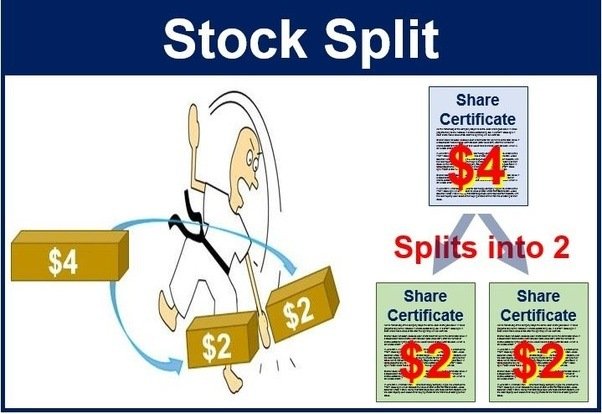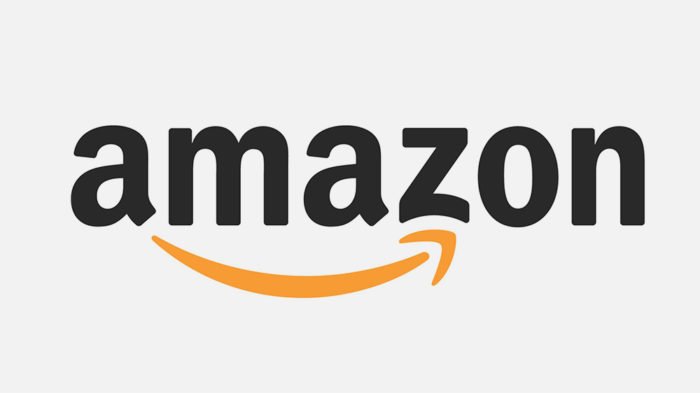Amazon has finally become only the second public offering company in the US to reach $1 trillion market cap. That’s a whole lot of money, and what if we tell you along with the founder Jeff Bezos, there are many investors who have become super-rich.

When Amazon IPOed on May 16, 1997, its price was $18 per share. So, what if you had put $100 (approx. Rs 6000) at that time in Amazon? You would have bought 5 shares of with this money. This investment is now worth nearly $120,762 (Approx. Rs 86 lakh)at August 31, 2018, the close price of $2012.71/share.
In these years the stock split has happened three times. This means that one share purchased at the IPO price in 1997 turned into 12 shares by the year 2000. Now, what is a stock split?
Stock split

A stock split is decided by the company to issue additional shares to the current shareholders. A 2:1 split means getting an additional share for every share investor owns. Also, when a stock splits, its price decreases by the same factor. A 2:1 split means shareholders have double the number of shares valued at half price so the total value remains stable.
Reason for splits
There can be many reasons to announce a split, the most common being the strategy to attract investors further for putting more money.
Amazon has done stock splits 3 times: twice in 1998 and once in 1999.

Also Read: 10 Popular Companies Owned By Amazon’s Founder – Jeff Bezos
The first stock split in April 1998, offered 2 shares for every share. That means the 5 shares of $100 in the IPO would now grow to 10 shares. The second split offered 3 for 1 in November 1998. That means if the investor never sold any shares, it will become from 5 to 30 shares. Amazon once again announced 2:1 split in July 1999, growing share ownership of 5 to 60 shares.
As of Amazon’s share price on August 31, 2018, 60 shares would be worth over Rs 86 lakh offering an increase of a whopping 120,662% over the initial Rs 6000 investment.
Now, don’t feel sad and start smart investments from today, as time has a big importance in the financial world.
















